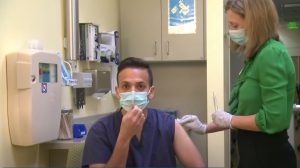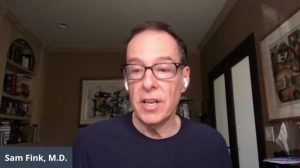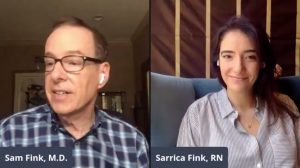NEW YORK (Reuters Health) – It is not advisable to use short-term absorbable sutures for mesh fixation after Lichtenstein inguinal hernioplasty, researchers from Sweden conclude based on review of population-based registry data.
In the January Archives of Surgery, they report that use of these sutures is associated with a more than 2-fold increased risk of hernia recurrence, compared with use of standard nonabsorbable sutures or long-term absorbable sutures.
“To minimize hernia recurrence following the Lichtenstein inguinal hernioplasty, we recommend either nonabsorbable or long-term absorbable sutures for the mesh fixation in all cases and advise against short-term absorbable sutures,” write Dr. Bengt Novik of Skaraborg Hospital, Falkoping and colleagues
The Lichtenstein inguinal hernioplasty with tension-free mesh reinforcement has become the worldwide standard for hernia repair, the investigators note. The investigators took advantage of the nationwide Swedish Hernia Registry to analyze all 82,015 Lichtenstein repairs with sutured mesh fixation in adolescents and adults over an 8-year period (2002-2009).
In vast majority of procedures (95.7%), the mesh was secured with standard nonabsorbable sutures. Long-term absorbable sutures were used in 1,938 cases (2.4%) and short-term absorbable sutures in 1,210 cases (1.5%).
In multiregression analysis, there was no significant difference in risk of reoperation due to hernia recurrence after mesh fixation with standard nonabsorbable sutures (reference: relative risk [RR], 1.0) or long-term absorbable sutures (RR, 1.12).
Use of short-term absorbable sutures, however, more than doubled the risk of reoperation due to hernia recurrence (RR, 2.23; p < 0.001). “Short-term absorbable sutures entail an independent risk factor for recurrence and should therefore be avoided,” Dr. Novik and colleagues conclude. They say their findings are in line with results obtained from studies on abdominal wound closure, where this suture type has been shown to independently raise the risk for incisional hernia formation. Research on nonmesh groin hernia repair has also shown that short-term absorbable sutures raise the risk of recurrence. In an invited critique, Dr. Mary T. Hawn of the University of Alabama at Birmingham notes that mesh fixation methods have been implicated as a potential cause of chronic groin pain following hernia repair. It is thought that short-term absorbable sutures may lessen postoperative pain, although scientific evidence of this is lacking. In trying to ease pain, some surgeons may have adopted an “unexpectedly less effective practice,” she writes. Without a nationwide registry, such as the Swedish one, “this finding may have taken much longer to become apparent,” Dr. Hawn notes. She encourages surgical societies, third-party payers, and industry to “come together to fund these endeavors.” The study was funded by non-profit institutions; no suture manufacturer was affiliated with this study. Arch Surg 2011;146:12-17.




